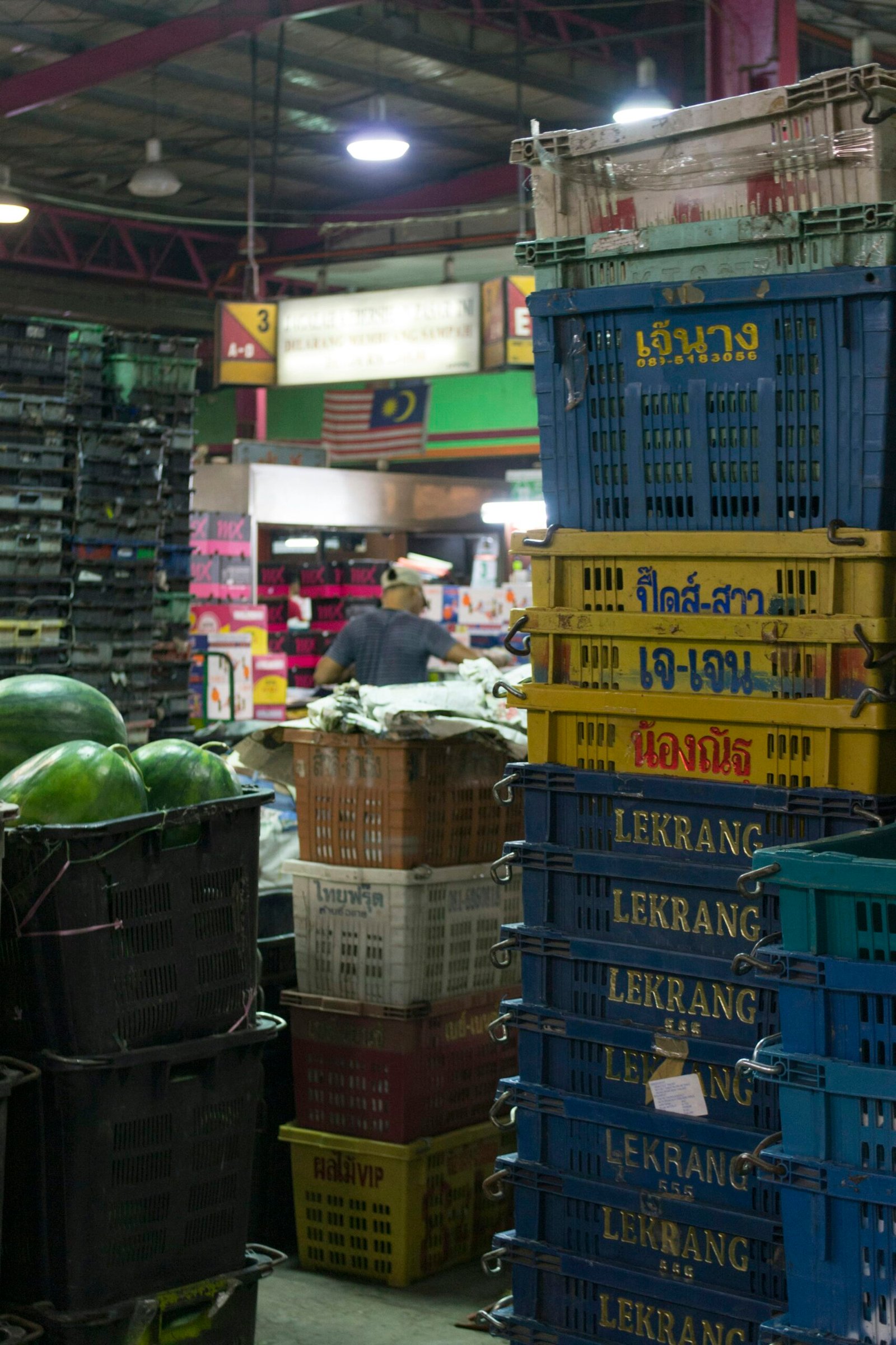Current State of the Global Plastics Market
The global plastics market in 2023 continues to be influenced by various economic, environmental, and social factors. Production levels have seen a notable increase, with the total global production reaching approximately 367 million metric tons, according to recent industry reports. This figure reflects an ongoing demand for plastics across multiple sectors, including packaging, automotive, and construction. The Asia-Pacific region remains the largest contributor to global production, accounting for nearly 50% of the total output, with countries like China leading in manufacturing capabilities.
Consumption patterns have also evolved, with a significant uptick in the use of sustainable plastic alternatives. The global demand for plastics is projected to rise, driven by the packaging industry, which constitutes about 40% of total consumption. However, this growth is tempered by increasing scrutiny regarding environmental impact. The pandemic has exacerbated these challenges; while there was a temporary decline in plastic usage during lockdowns, the subsequent recovery has put further pressure on recycling systems and waste management practices globally.
Major players in the plastics industry, such as BASF, Dow, and ExxonMobil, are focusing on innovations and diversifying their product portfolios to include more sustainable options. Key trends shaping the market include a shifting consumer mindset towards eco-friendly products, regulatory measures promoting recycling, and significant investments in technology to enhance the biodegradability of plastics. Furthermore, the influence of sustainability initiatives is evident, with many companies committing to reduce their carbon footprint and increase the lifecycle of plastics produced.
As we advance through 2023, the global plastics market is at a pivotal point, balancing immediate recovery post-pandemic and long-term sustainability goals. This dynamic environment presents both challenges and opportunities for stakeholders aiming to adapt to shifting consumer demands and regulatory landscapes.
Sustainability Initiatives and Innovations
The global plastics market is undergoing a significant transformation due to a rising demand for sustainability. As environmental concerns continue to mount, the industry is witnessing a shift towards more eco-friendly practices. This demand has spurred innovations in biodegradable plastics, which are designed to break down more quickly in natural environments compared to traditional plastics. These materials are derived from renewable resources, such as corn starch or sugarcane, and are increasingly being adopted in various sectors, including packaging, consumer goods, and agricultural applications.
Moreover, advancements in recycling technologies are playing a crucial role in this transition. Companies are investing in innovative methods to efficiently recycle plastics, thereby reducing waste and conserving resources. Chemical recycling, for example, allows for the breakdown of plastics into their basic components, making it possible to reuse them in the production of new plastic items. This technology not only helps in repurposing materials but also decreases the dependency on virgin plastics, contributing to a more circular economy.
In response to evolving environmental regulations, businesses are developing strategies to enhance sustainability in their operations. Many organizations are setting ambitious targets for reducing plastic waste, utilizing life cycle assessments to evaluate the environmental impact of their products. Furthermore, brands are increasingly focusing on transparent communication regarding their sustainability efforts to align with consumer preferences. Today’s consumers are more discerning and prioritize purchasing from companies that demonstrate a commitment to environmental stewardship.
This alignment between consumer preferences and corporate sustainability initiatives is crucial in shaping future trends in the plastics market. As more industries adopt sustainable practices and innovations, the global landscape of plastics will likely evolve, paving the way for a more responsible and environmentally conscious sector.
Challenges Facing the Plastics Market
The plastics market is currently confronted with a multitude of challenges that significantly impact its growth and sustainability. One prominent issue is supply chain disruptions, which have become increasingly pronounced in recent times. Factors such as geopolitical tensions, natural disasters, and shifts in global demand have led to inefficiencies and delays in the production and distribution of plastic materials. These disruptions not only hinder the timely availability of products but also lead to increased costs, which can ultimately be passed down to consumers.
In addition to supply chain issues, regulatory pressures are shaping the dynamics of the plastics market. Many governments worldwide are implementing stricter regulations concerning plastic usage, recycling, and waste management. For instance, various countries have enacted bans on single-use plastics in an effort to address environmental concerns. Such regulations can create significant hurdles for manufacturers, forcing them to adapt their production processes and consider the long-term viability of their products. The need to comply with these evolving regulations adds complexity to operational strategies and may limit market competitiveness.
Moreover, there is growing competition from alternative materials, which poses another challenge for the plastics industry. As consumer preferences evolve towards more sustainable options, materials such as biodegradable polymers, glass, and metals have gained traction. This shift is not only driven by environmental advocacy but also by changing public perception of plastics. Increasing awareness of the ecological impact of plastic waste has strained the industry’s reputation, influencing purchasing decisions across various sectors. Consequently, businesses must navigate these complex market sentiments while developing innovative solutions to remain relevant and competitive within the evolving landscape.
These challenges, when considered collectively, underscore the economic implications faced by the plastics market. Addressing these issues effectively will be paramount to sustaining growth and ensuring that the industry remains viable in an increasingly environmentally conscious world.
Outlook and Future Projections
The global plastics market is currently navigating a transformative phase characterized by evolving consumer demands, technological advancements, and increased regulatory pressures. As we look ahead to 2023 and beyond, several key trends and projections are poised to shape the future of this industry.
Experts predict a continued shift towards sustainable materials and practices. The demand for biodegradable and recyclable plastics is anticipated to rise significantly as consumers and manufacturers alike prioritize environmental responsibility. This trend is a response to both consumer preferences and regulatory measures aimed at reducing plastic waste. Companies that invest in research and development of alternative materials are likely to be at the forefront of this shift, ensuring their competitiveness within an increasingly eco-conscious market.
Technological innovations, such as the advancement of biodegradable polymers and the integration of circular economy principles, are expected to play a crucial role in the plastics market’s future. Enhanced recycling technologies will allow for more efficient processing of plastic waste, thereby making it possible to repurpose materials that were previously deemed non-recyclable. Furthermore, the rise of digital tools and analytics offers companies the opportunity to better understand market trends and consumer behavior, facilitating more agile responses to shifts in demand.
Another important aspect to consider is the impact of geopolitical factors on the global plastics market. Trade policies and international collaborations can either hinder or support growth and innovation in this sector. Companies need to stay informed about changes in regulations and international trade agreements to adapt their strategies accordingly.
In conclusion, the outlook for the global plastics market in 2023 reflects a dynamic environment where sustainability, technological advancements, and strategic adaptability will be essential. Businesses that embrace these changes stand to thrive in a landscape marked by rapid transformation and evolving consumer expectations.









